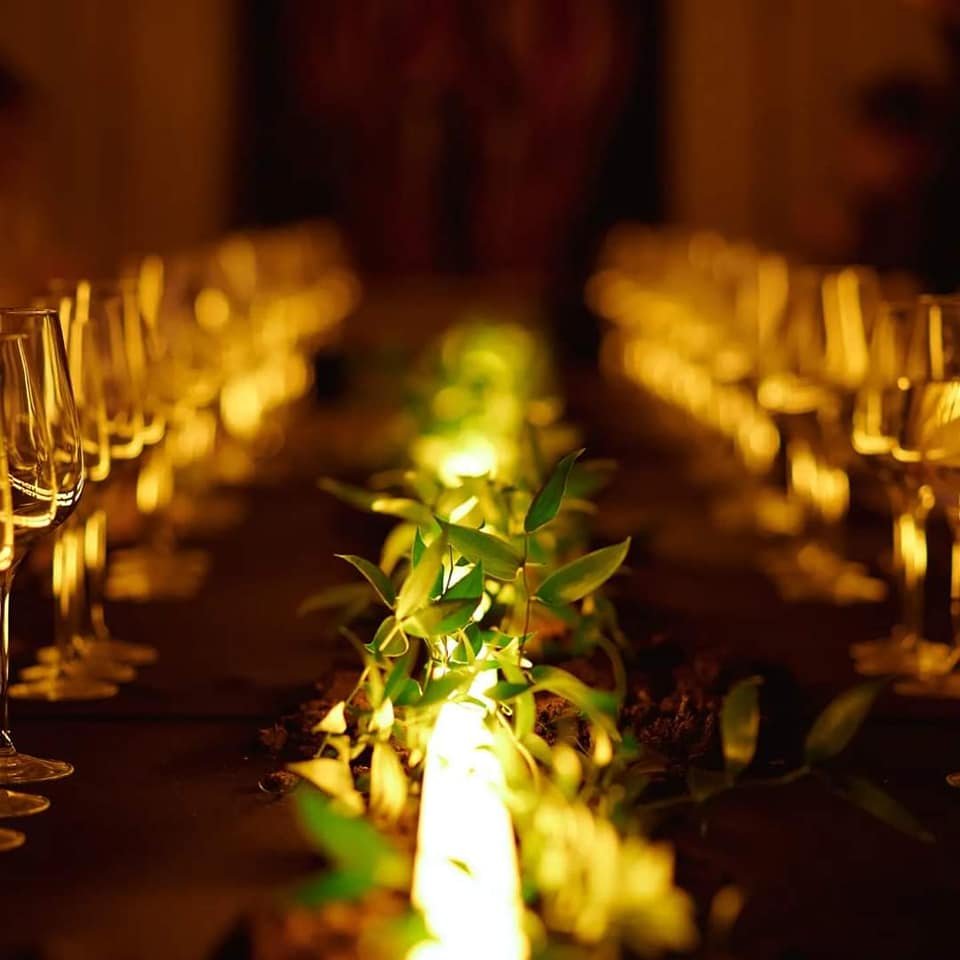Lighting Design in Weddings as a Visual Identity Element
Every wedding is a story. But not every story is told in the right light. On the day when promises turn into memories, the wedding’s lighting design becomes more than just decor — it is a subtle yet powerful form of personal branding.
Just like the dress, the flowers, or the music are carefully chosen, light deserves the same level of attention. Because it doesn’t just illuminate — it inspires, defines, highlights, and shapes emotion. That’s why smart wedding lighting design is the key to a coherent and memorable atmosphere.
Accent Lighting – The Soul of Wedding Design
Instead of harsh central lights or cold chandeliers, weddings need accent lighting—focused, soft, and controlled. It should fall perpendicularly on key elements (tables, floral arrangements, decor) without shining directly into guests’ eyes.
Narrow-beam spotlights—discreet and ideally battery-powered—are perfect tools for creating an intimate atmosphere. At the same time, wall-wash lighting that gently caresses the walls adds depth without overwhelming the visual space. This creates a wedding lighting design that is both elegant and efficient.
No Fairy Lights or Visually Invasive Stages
Although string lights may seem charming in photos, in reality they create visual clutter and disrupt the aesthetic line of a sophisticated décor. They repeat the same tiring pattern without adding real value to the lighting story.
Likewise, the stage set up for the band can compromise the entire visual balance. Its lights usually don’t follow a design concept—they follow the rhythm of the music. The result? A harsh contrast between the overall harmony and the visual aggression of the stage.

The Color Code for Wedding Lighting Design
Just as couples sometimes propose a dress code for guests, they can—and should—define a color palette for the lighting as well. Warm tones—gold, amber, beige, champagne—create atmosphere, intimacy, and elegance.
Avoiding cool hues such as green, blue, harsh white, or artificial pink is essential. These colors don’t evoke emotion—they break it. Light should feel alive but calming—warm yet subtle, clean but not sterile.
Wedding Lighting Design – A Choice That Lasts a Lifetime
Good design isn’t something you see—it’s something you feel. It doesn’t shout, it doesn’t blind—it whispers and gently embraces.
That’s exactly how wedding lighting design should be: a perfect balance between form and feeling, between intention and subtlety.
In the end, what we choose to illuminate, we choose to tell. And what we place in the light becomes part of our memory—and of everyone who shared that moment with us.
